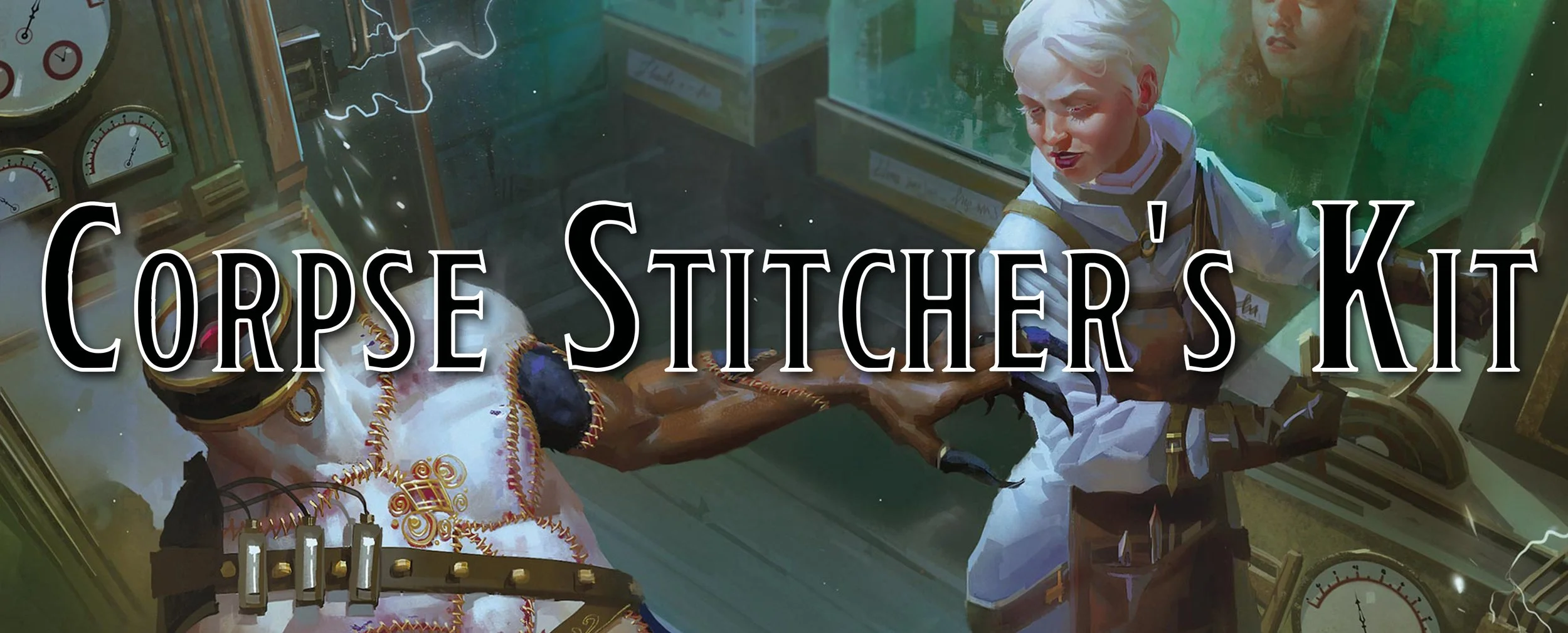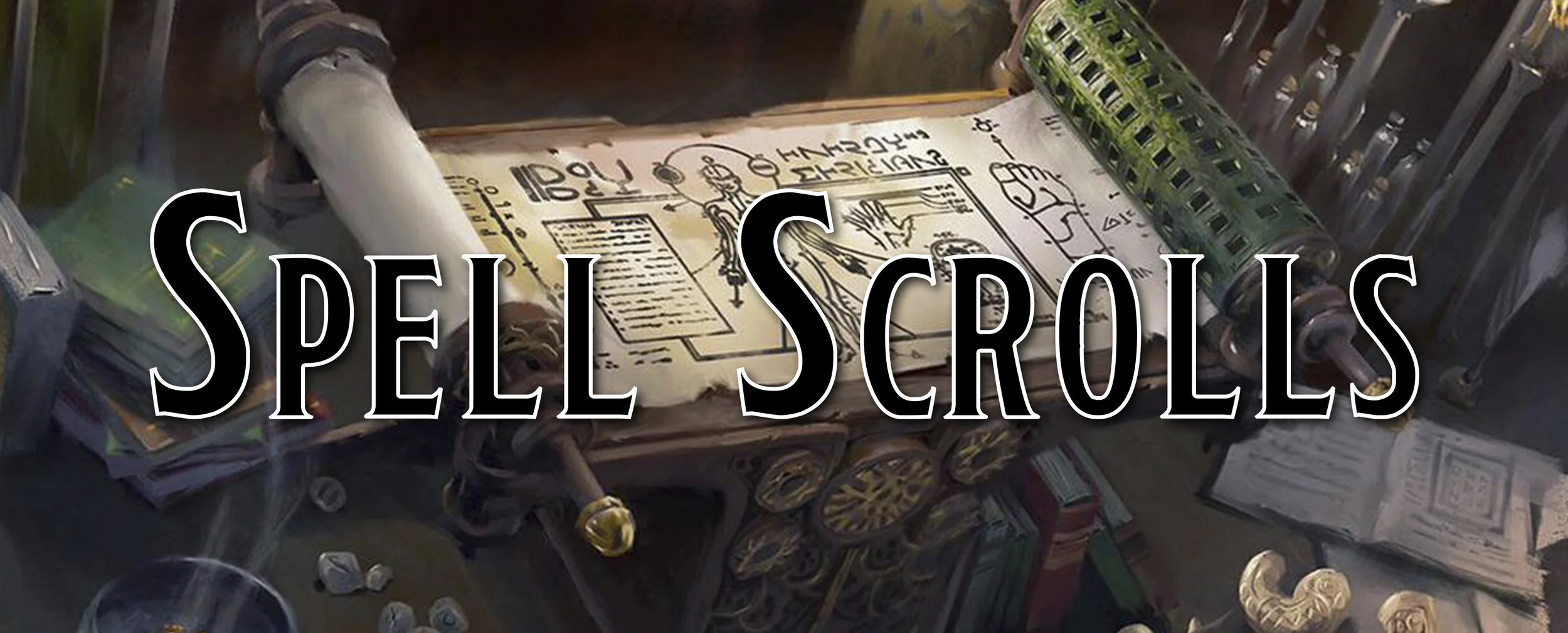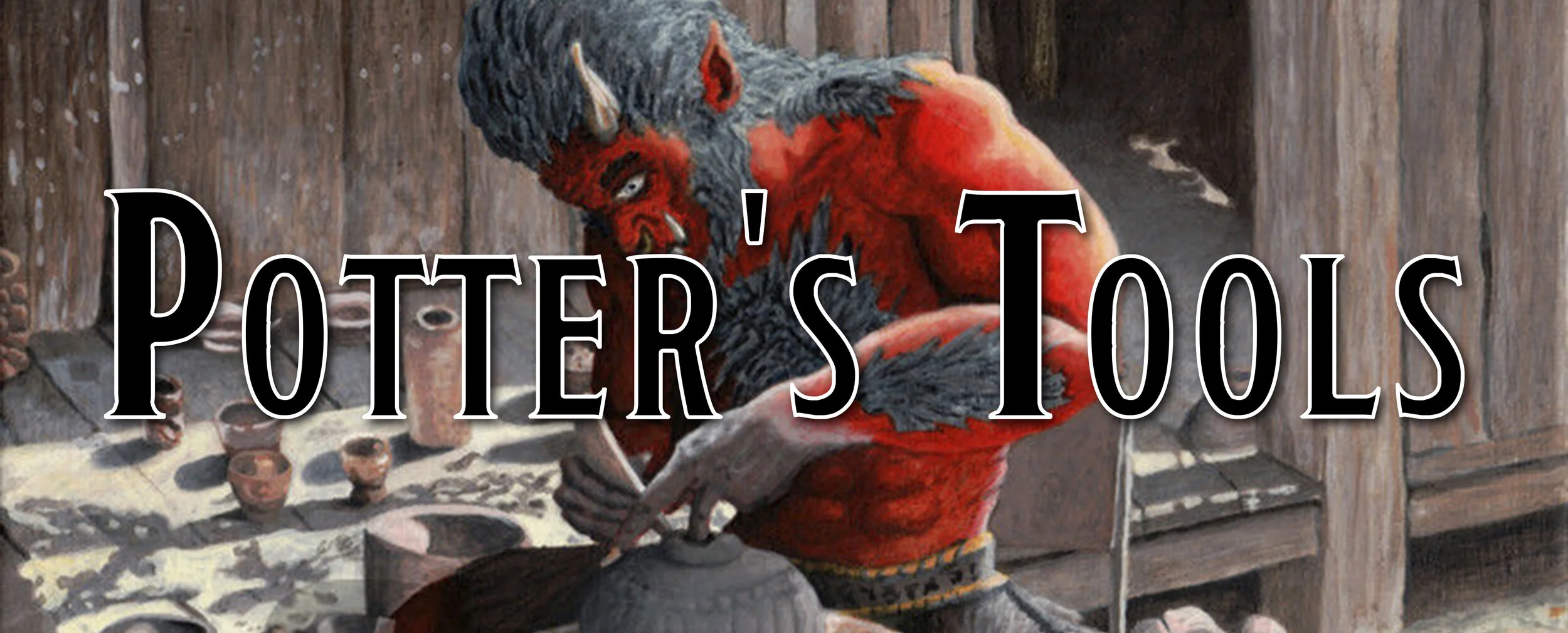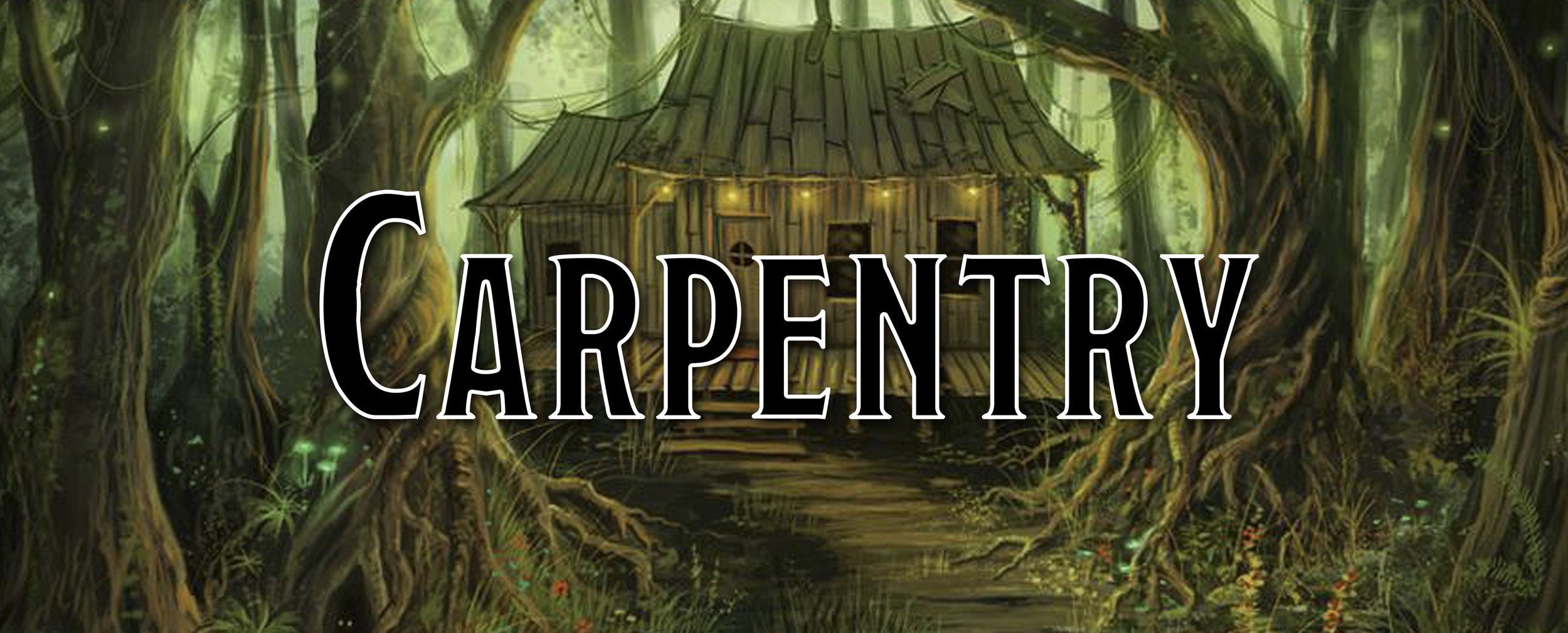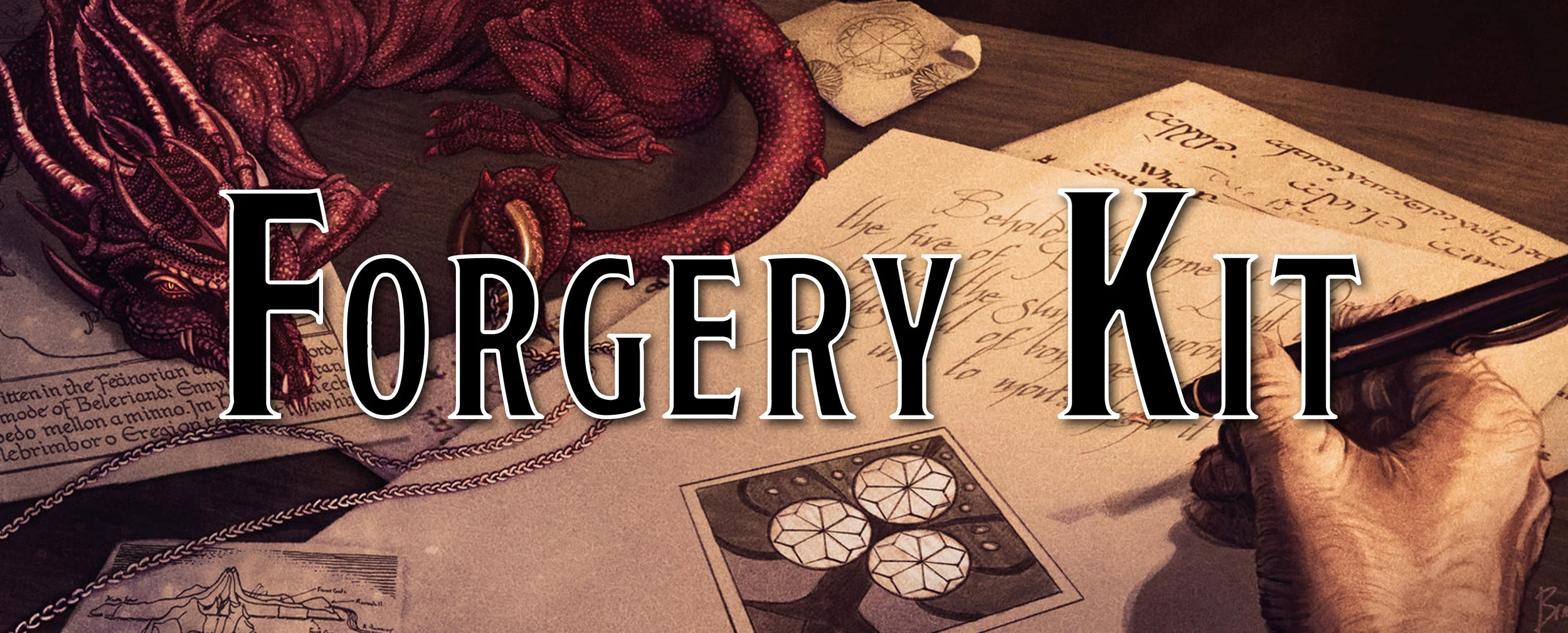More Tools for 5e: Gardener’s Tools
This tool was requested a few months back, and I’ve finally worked up the courage to try and tackle this… odd tool. It’s not one that exactly strikes you as a proper adventurer’s dream tool - but I’m confident more than a fair number of farmers have tried their hand at adventuring… and probably died cause of it.
But if they don’t die, somehow, they can use their knowledge of farming, gardening, and more to help them on their adventures.
Gardener’s Tools
One of the problems I had going into this tool is… what exactly can you do with it? Sure, making a garden looks nice and all, but that is going to take you… well, weeks and months to see any return on your work. Plants are slow to grow, at least in regard to RPGs. There probably aren’t very many tables that are going to spend months or years in downtime, which means that this tool can’t be only focused on making better crops, growing stronger trees, or planting prettier flowers.
Instead, that is a single part of this tool, and so a few other options are given to make the tool a bit more interesting than… you know things about plants - which could be helpful in specific circumstances!
For those who don’t care about the how of my tool:
For best results in GM Binder, use the Chrome browser
Gardening
The most basic use of this tool is what gardeners can do with it. This tool includes a variety of weapons to fight the earth, like a rake, spade, and shears. These tools are useful for a gardener to uproot soil, prune, and cut away unwanted parts of a plant, and bring new life to an area.
The basics of what this tool provides can be useful, especially if a DM likes to add in difficult terrain, hostile plants, and more to rip apart their player characters. There are five abilities that someone trained in this tool gets access to.
Difficult terrain is less difficult. To avoid stepping on the ranger’s toes (and making an 8th-level ability null), this does not bypass nonmagical difficult terrain completely. Instead, it reduces the penalty the gardener suffers while moving through it. We reduce the penalty by 5 feet, so that if a really bad swamp requires an additional 15 feet of movement for every 5 feet (which means it costs 20 feet to move one square forward), then someone trained in this tool will reduce that 15-foot cost down to 10 feet (so it only costs 15 feet to move on square forward). It isn’t a lot, but when you are moving 2 squares to everyone else’s 1 square each turn… You’ll at least feel slightly less slow. It also means that most difficult terrain that only costs an additional 5 feet isn’t going to slow you down like everyone else - which is very handy.
Thanks to your knowledge of plants, you can also forage for food! For every hour you spend exploring the local terrain, you can find enough food for a number of creatures equal to your proficiency bonus. Sure - someone in your party probably has a goodberry spell or the Outlander background, so we just handwave having to find that resource, but not in every party. Foraging for food can still be a very important aspect of a game, especially if the game in question is themed around surviving through the wilderness and rations are used.
A gardener has to farm, and if you spend a season (about 3 months) working the field, planting seeds, trimming a garden, and more - you can increase its yield by 5% times your Proficiency Bonus. While tending a garden might not equate to a ‘yield’ like how much you harvest from a farm, you can still tie that into flowers planted or tended to, a square area of land that you can watch over in a forest, and more. It is simply a representation that you are better at caring for plants and a plot of land than before.
Another aspect of the game that is simply glossed over many times is natural healing just means you go to sleep for 8 hours, and magically, all your wounds and crippling injuries from yesterday are resolved as if nothing happened. Those who use gritty realism don’t have that problem as much, but still, a short rest can quickly get you back to full health, or magical healing can get you feeling good in just a few seconds. But, sometimes a medicine check can be useful, and those who know plants can get themselves advantage if they are in an area covered in plants - and can even use their Nature skill instead of Medicine to help a character feel better.
The last ability a gardener gets is the ability to rip apart plants. Once per turn, when they attack or hurt a plant, they deal additional damage equal to half their proficiency bonus to it. If someone is fighting a lot of plants, that damage will start adding up, allowing them to show off just how skilled they are at plant murder.
So those are just the basic abilities that a gardener gets, but that’s not everything in this tool. This tool exists in a fictional world of magic and fantasy, and there are going to be some gardeners who have tapped into the magic of their craft.
Magical Gardening
Gardeners probably make a lot of friends with plants, even if they don’t realize it. Nature watches them, the fey keep account of who helps the natural world, and a gardener can tap into this magic around them and summon their help in a time of need. When a gardener is feeling a bit lonely or wants a leaf friend to come help on their journeys, they can perform a Nature Ritual to summon forth a plant spirit and bind it into a pile of sticks, leaves, shrubs, and more to create a plant friend. These plant friends aren’t incredibly strong, as having minions can be quite powerful and slow down combat, but they can be useful for those creative players.
To perform a ritual, you will need…
Knowledge of the ritual and how to perform it. This type of knowledge is safeguarded by the druids, who only share it with their allies.
Gather required materials for the said ritual - this is typically found in nature and takes a few hours to gather up the required goods. I do provide a gold piece cost so a player could buy the required goods if they are in a place that actually sells moldy tree limbs, but that’s probably not going to happen. Showing the gold piece cost also just helps reinforce how much plant material they need to gather up for their ritual and that not just any plant will do in the ritual.
They must then spend an hour, half a day, or even a few days to summon forth the plant spirit… though that is up to the rarity of the plant spirit they wish to summon as well as how powerful they are. It takes a number of hours equal to the plant’s Challenge Rating (minimum 1), so most things are going to be able to be summoned in a day, but for something very rare and powerful, you can increase that number to several days or require specific events to be happening, like it must be performed under the harvest moon.
The gardener must now make a check against a fairly low DC - this decides if the plant spirits listen to them and heed their summons. The base DC is 10 + half the CR (rounded up) of the creature you are trying to summon. You can increase that DC by a few points depending on the rarity of the plant being summoned. If you succeed, the plant spirit awakens, and you have a new tree friend. If you fail, the material you scavenged is wasted, and you need to start all over - the plants maybe didn’t like the material you collected.
Those are the four steps to making a leafy friend, and… if you go through all this trouble… what can you expect to summon? Well, everyone begins with the knowledge to summon forth an awakened shrub - you’re welcome. That’s not exactly exciting, but as you travel more and meet more happy tree friends, you’ll find rituals to summon even stronger allies to help you overcome your challenges. You could summon an awakened tree, a shambling mound, treants, and other plant creatures to help you along your travels. I provide the plants from the Monster Manual, but the process of creating the rituals is straightforward.
Decide on rarity, pretty much anything above CR 1 is going to be Uncommon. CR 5 and up is rare, CR 9+ is very rare, and anything over 15 will be legendary.
The required materials can be anything that makes up the plant creature in question, like rotting vines or a pile of needles. The gold piece cost is based on the experience of the monster divided by 10. So a shambling mound is CR 5 (1,800 XP), and the cost for the materials is 180 gp.
The ritual time is based on the CR of a creature, so a shambling mound requires a 5-hour ritual, and an awakened shrub is only 1 hour (minimum of 1 hour).
The DC to summon a plant spirit is 10 + half the creature’s CR (rounded up). Most creatures are going to be in the 10 to 15 DC range, but uber-powerful creatures are going to be higher, and you can increase that DC if you want based on the rarity of a creature.
Garden Time
There are many more plants out there, and a variety of edge cases where using this tool could come up, like explaining to the king that you can’t simply plant cake and expect a cake tree to pop up… then again, this is a fantasy world, and so maybe, that is how it works…
If you want a printer-friendly PDF of this tool, or any other tool, consider supporting us at the $1 tier on our patreon! All tools that I’ve created or will create in the future will be uploaded to our patreon in printer-friendly versions. We appreciate any and all support!
Like what we are doing here?
Support us on Patreon!
You’ll get early access to deep dives, our Homebrew Hoard, Monster Thursdays, and more!





